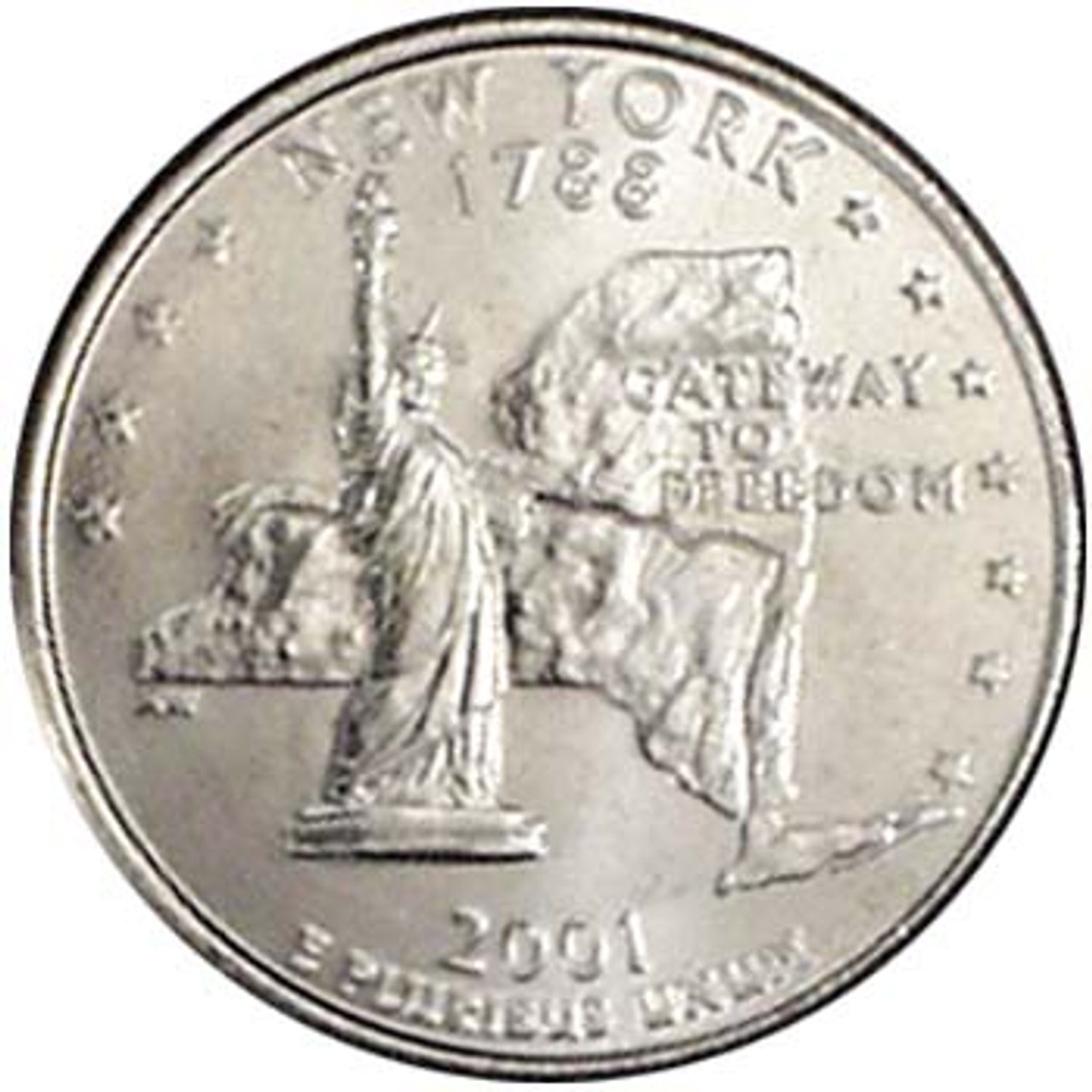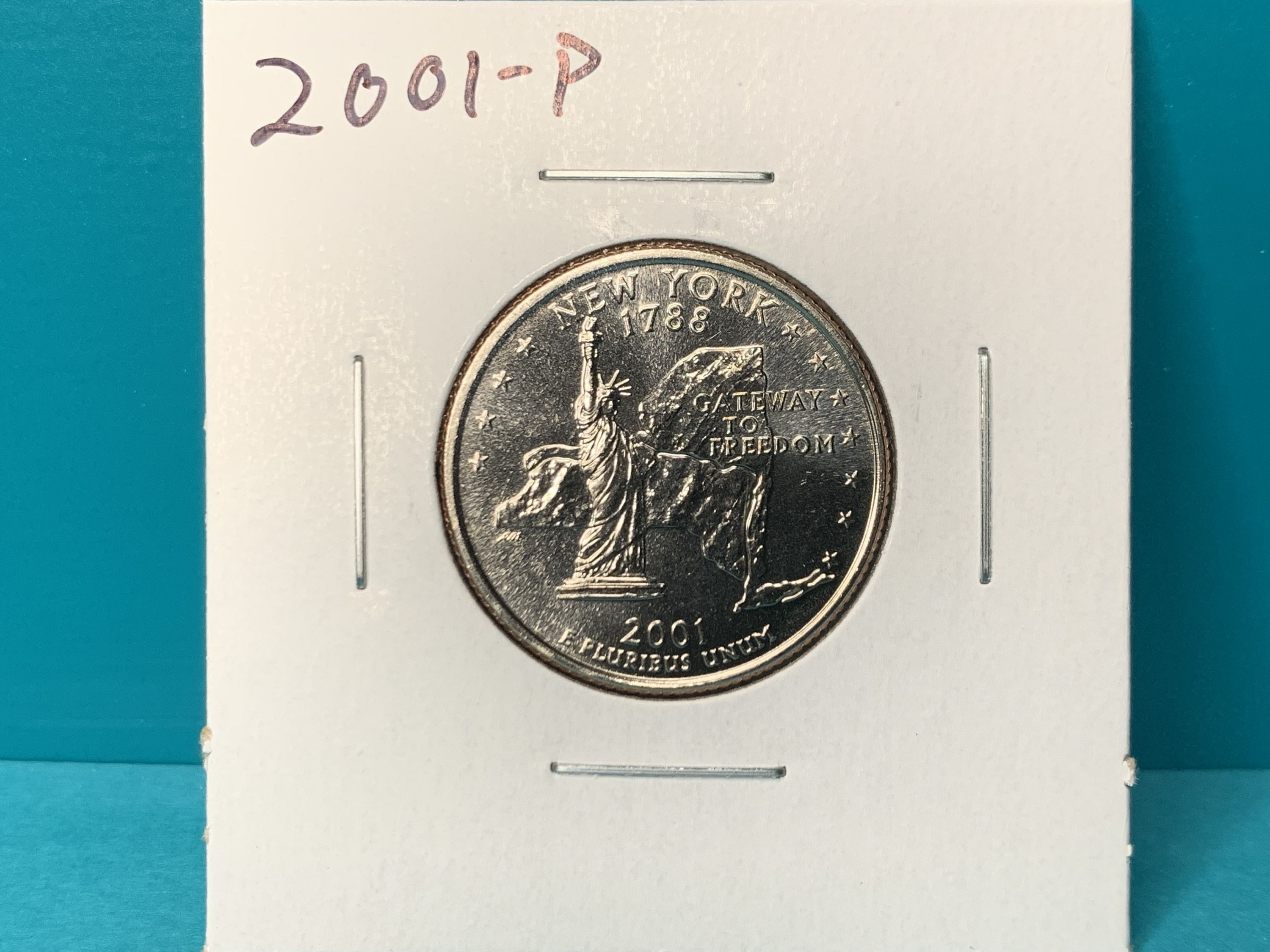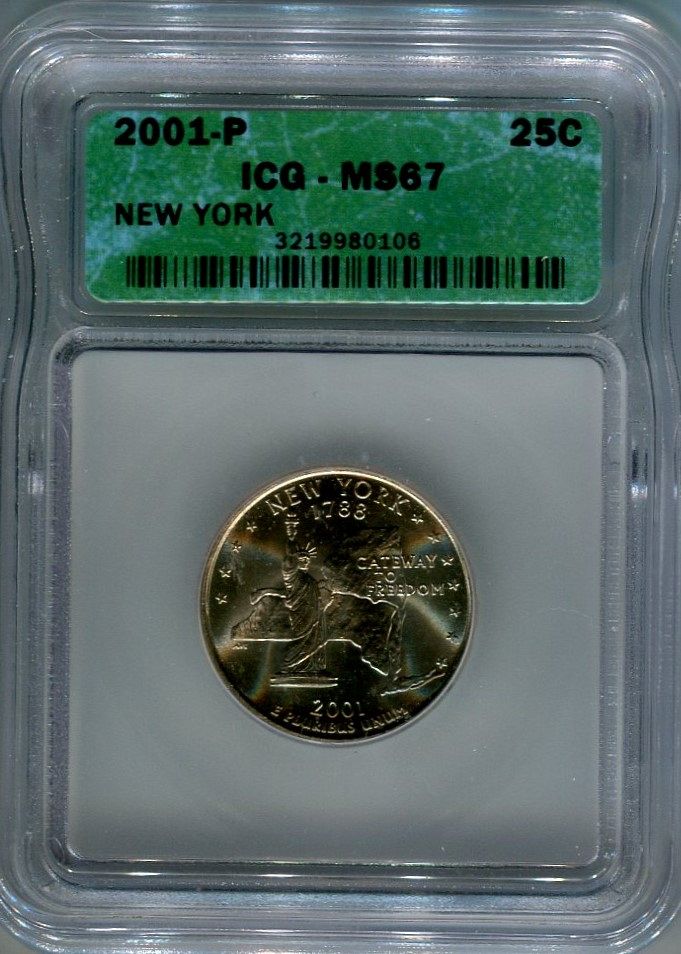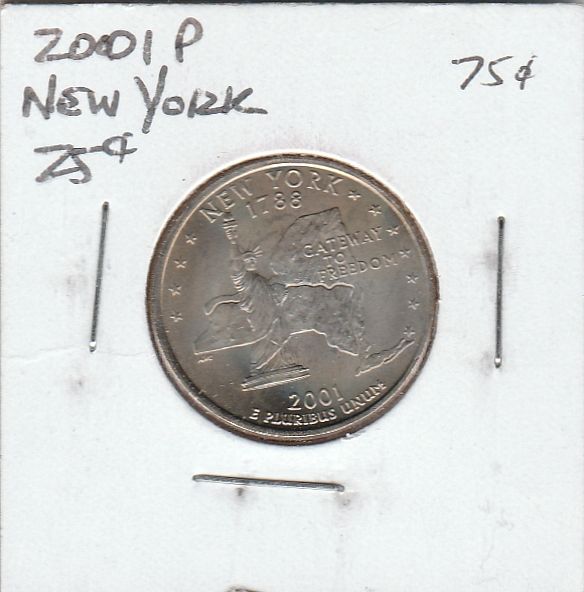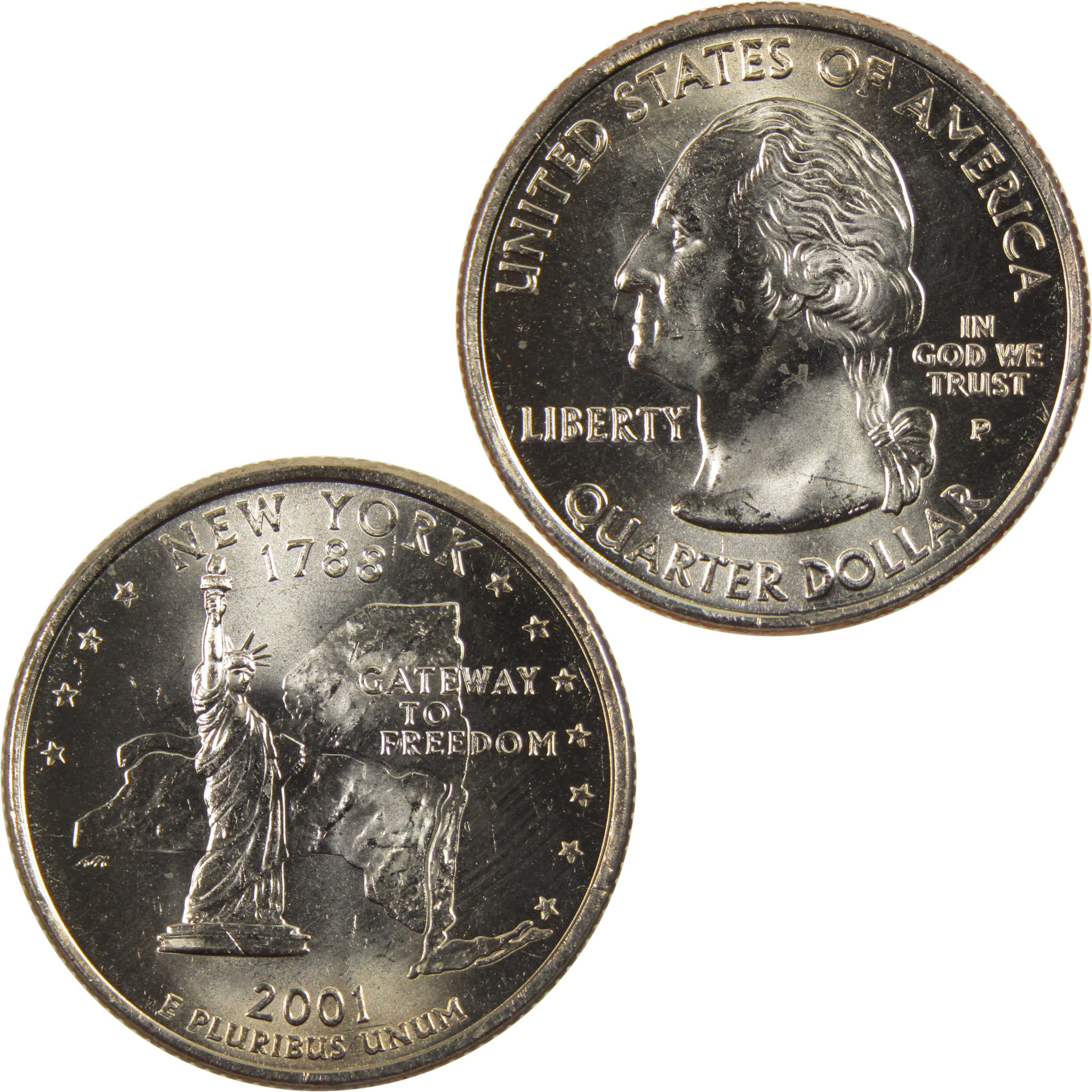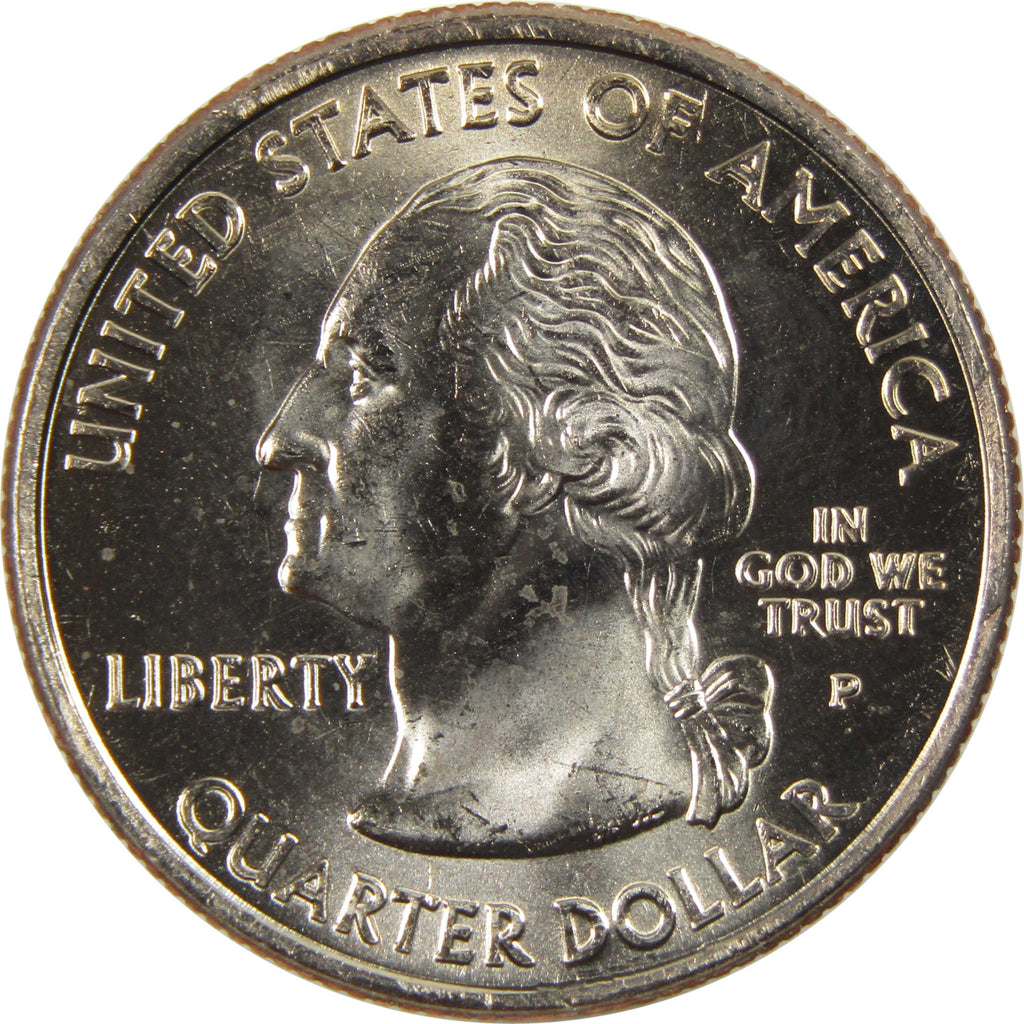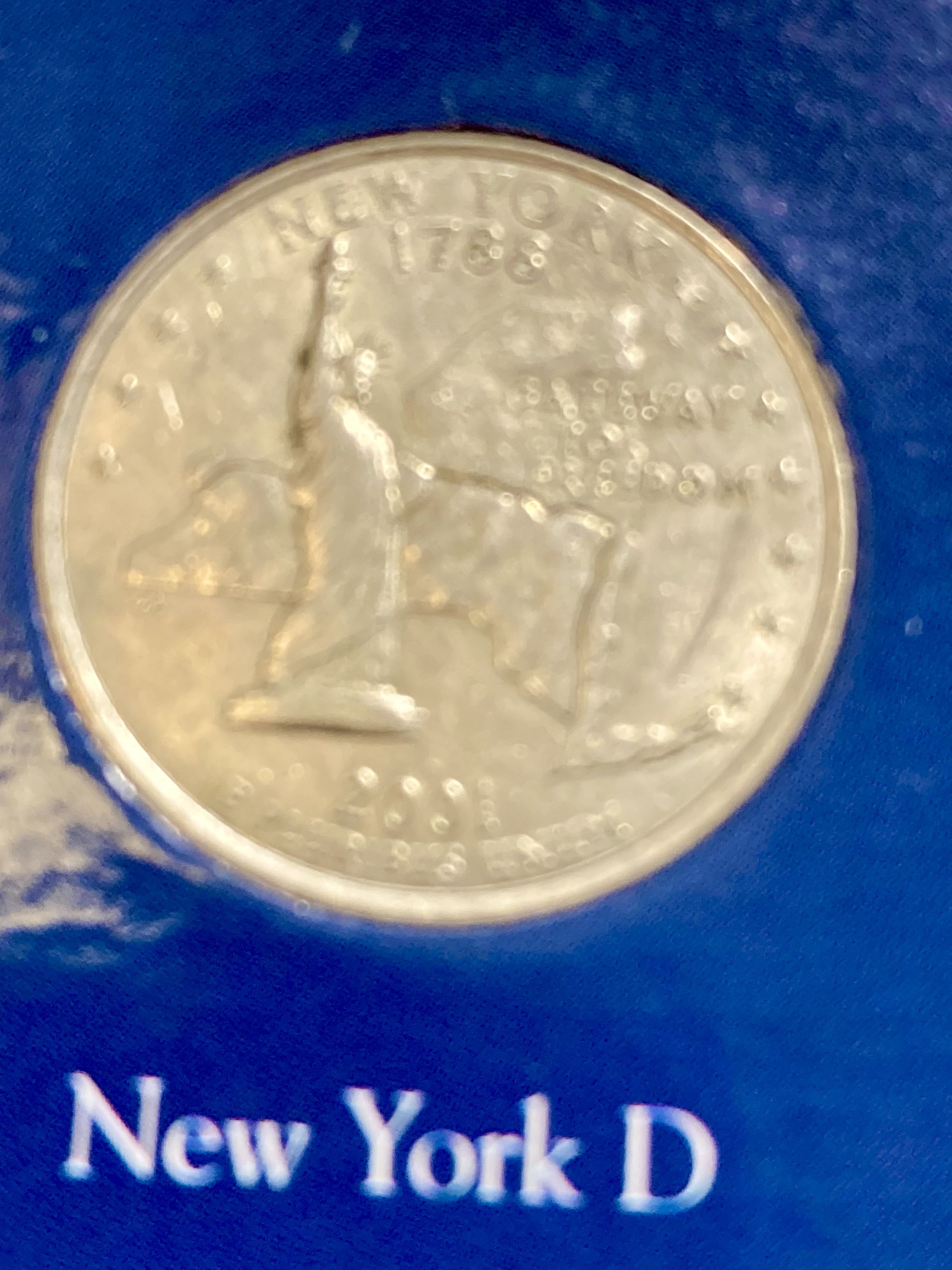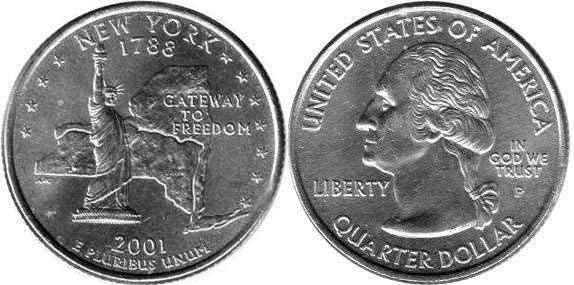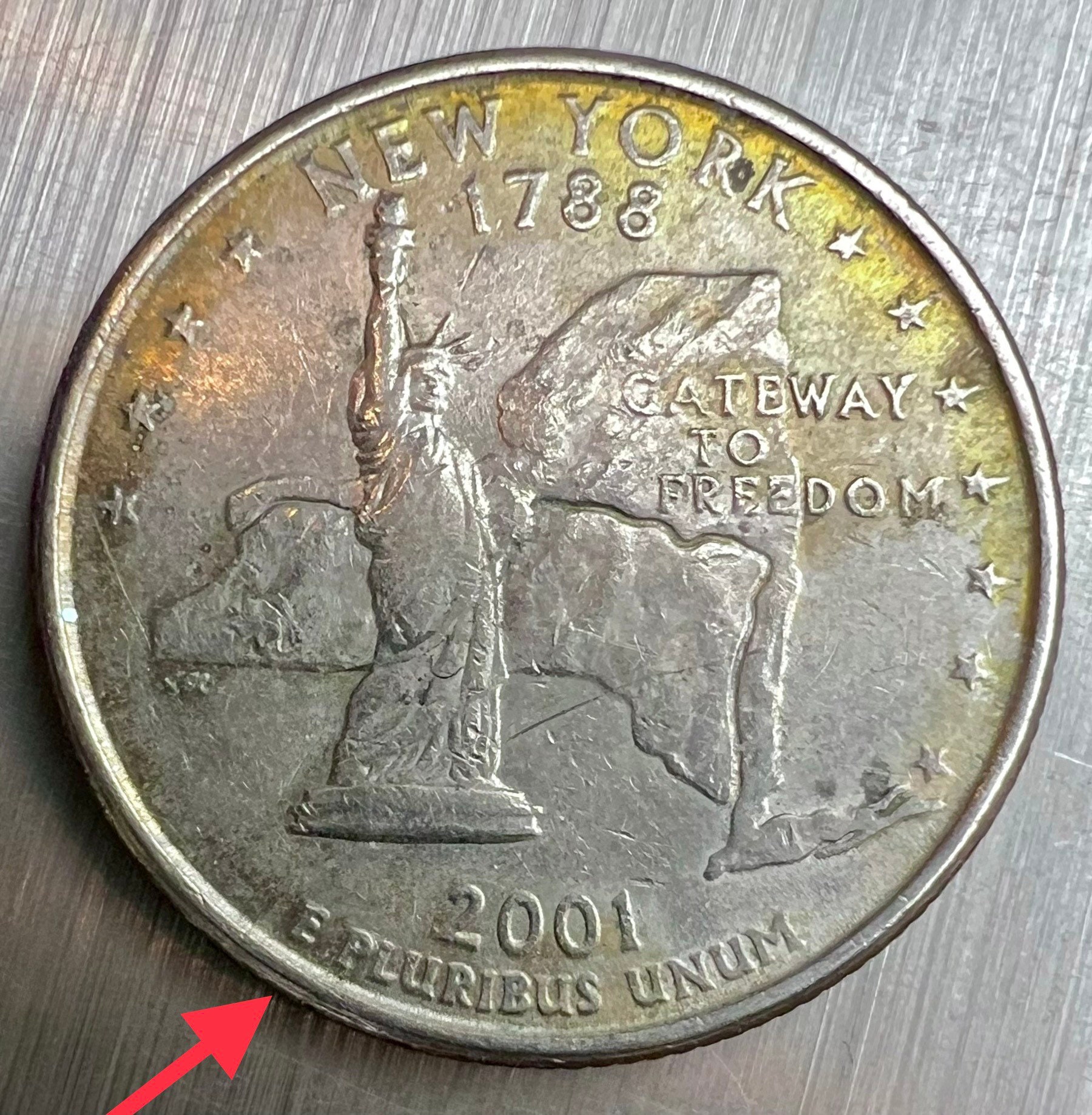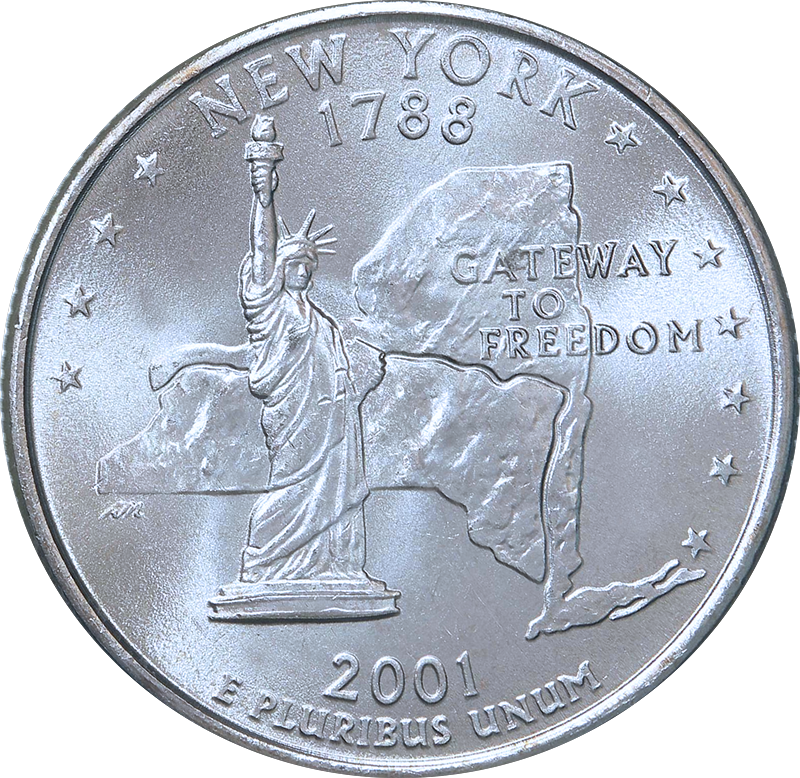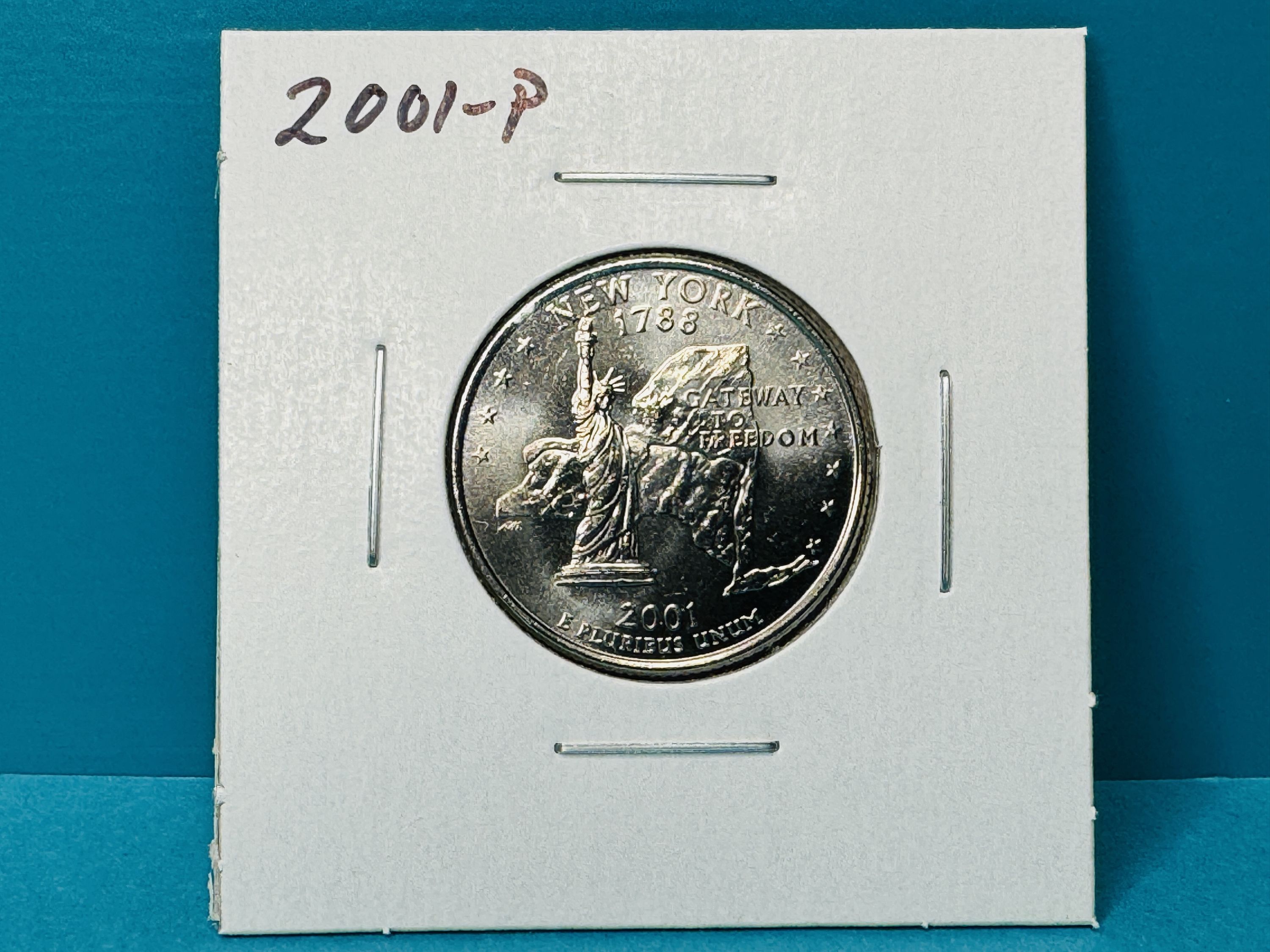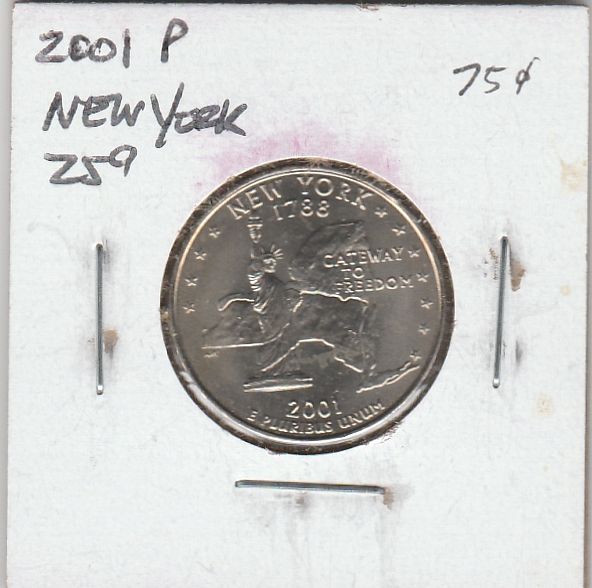2001 P New York Quarter Value

A seemingly ordinary 2001-P New York quarter is causing a stir among numismatists. Reports indicate specific errors are drastically increasing the coin's value.
Forget pocket change; some 2001-P New York quarters are now worth significantly more than 25 cents. Certain error coins are fetching hundreds, even thousands, of dollars, sending collectors scrambling to check their coin jars.
The Quarter in Question: 2001-P New York State Quarter
The focus is on the 2001-P New York quarter, part of the 50 State Quarters Program. These quarters, minted in Philadelphia (denoted by the "P" mint mark), feature a depiction of the Statue of Liberty and an outline of New York State.
Key Error: Extra Leaf
The primary driver of the increased value is a specific error: an extra leaf on the reverse design. This anomaly appears on the lower left side of the quarter, near the state outline.
This extra leaf error is not present on all 2001-P New York quarters. It is a result of a die error during the minting process.
How to Identify the Extra Leaf
Carefully examine the reverse of your 2001-P New York quarter. Look for an additional leaf stemming from the cluster of leaves located on the bottom left of the design.
The extra leaf is usually quite distinct and easily visible with the naked eye, but magnification may help. Compare your coin to known images of the error coin available online.
Value and Grading
The value of a 2001-P New York quarter with the extra leaf error varies based on its condition. Ungraded coins in circulated condition can fetch anywhere from $20 to $100.
However, professionally graded coins in uncirculated condition, particularly those graded by services like PCGS or NGC, can command significantly higher prices. Some have sold for thousands of dollars.
PCGS (Professional Coin Grading Service) and NGC (Numismatic Guaranty Corporation) are reputable grading services that authenticate and assess the condition of coins.
Recent Auction Results
Recent online auctions have showcased the high demand for these error coins. One PCGS-graded MS67 example sold for over $1,500, according to auction records.
Uncertified coins are also selling for above face value. However, it's crucial to have potentially valuable coins graded to ensure authenticity and maximize their worth.
Who Discovered the Error?
The extra leaf error was first widely reported by coin collectors and enthusiasts shortly after the quarter's release in 2001. The error quickly gained notoriety within the numismatic community.
Dedicated coin collectors and error specialists helped popularize the finding. They circulated information about the error and its potential value.
Where to Look
The 2001-P New York quarter was widely distributed throughout the United States. This means the error coin could potentially be found anywhere in circulation.
Check your coin jars, piggy banks, and any loose change you may have accumulated. It's worth the few minutes it takes to examine your 2001-P New York quarters.
Other 2001-P New York Quarter Errors
While the extra leaf error is the most prominent, other, less significant errors may exist on the 2001-P New York quarter. These errors usually have a much lower impact on value.
Double dies and minor misprints are examples of these types of errors. They require expert knowledge to identify.
Expert Advice
If you believe you have found a 2001-P New York quarter with the extra leaf error, consult with a reputable coin dealer or appraiser. They can provide an expert opinion on the coin's authenticity and grade.
Consider having the coin professionally graded by PCGS or NGC. This can significantly increase its value if it is a genuine error in good condition.
Ongoing Developments
The market for the 2001-P New York quarter with the extra leaf error continues to fluctuate. Stay informed about recent auction results and market trends to get an idea about the value of the coin.
Keep following numismatic news and forums for the latest updates. New information about errors and values is constantly being discovered.
![2001 P New York Quarter Value 2001 P [NEW YORK] State Quarter Prices | Ungraded, NGC, PCGS Values](https://commondatastorage.googleapis.com/images.pricecharting.com/f7f63a463d61c3223effccdf4f256c9b4bd4f41aaa0167d8f99ad97352ea2447/1600.jpg)
